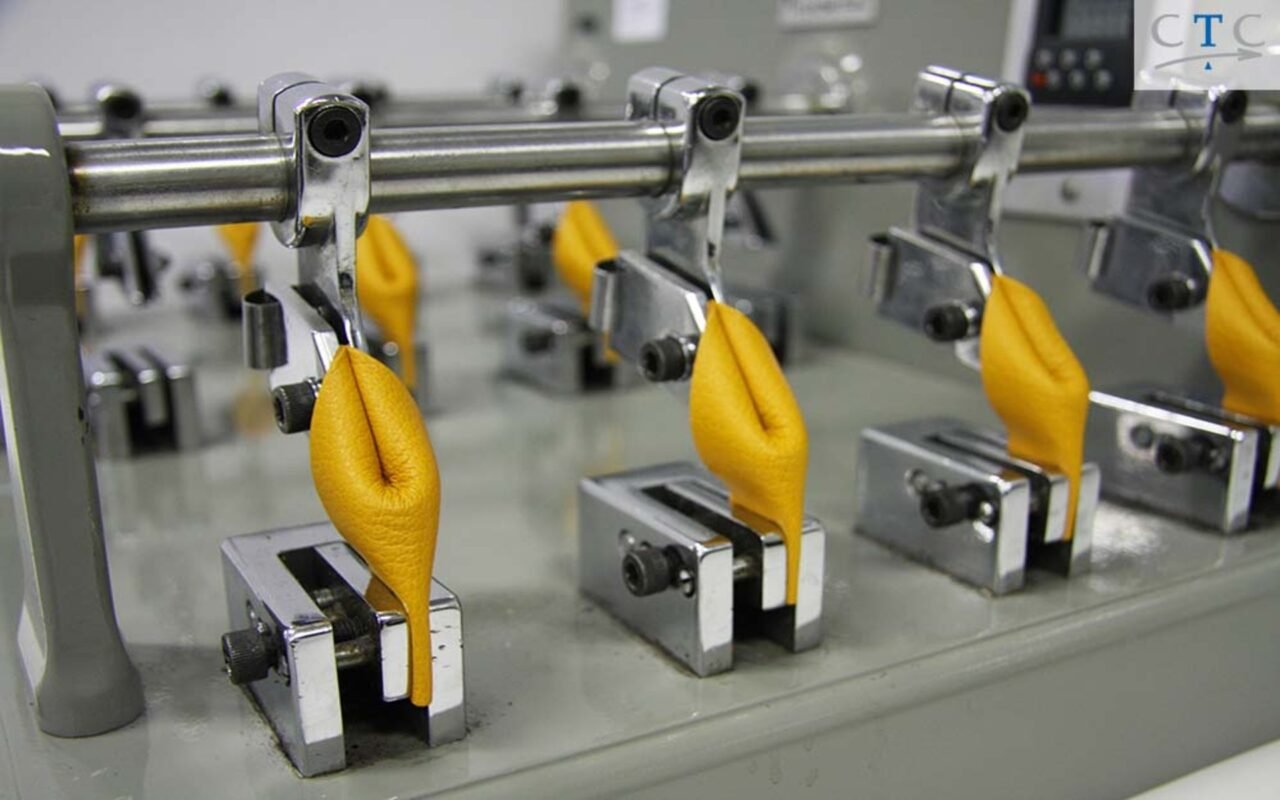Leather is a timeless, classic material that is used in a wide range of products, from clothing and accessories to furniture and automotive interiors. To ensure the quality and durability of these products, it is essential to conduct thorough testing on the leather used. This process, known as leather testing, involves subjecting the material to various physical, chemical, and performance tests to determine its properties and suitability for different uses.
Types of Leather Testing
There are several different types of leather testing that can be conducted, depending on the specific needs and requirements of the product. Some of the most common tests include:
Physical Testing: This type of testing is designed to measure the physical properties of the leather, such as thickness, tear strength, bursting strength, and flexibility. Physical testing is often used to ensure that the leather meets certain standards or specifications, such as those set by industry organizations or regulatory bodies.
Chemical Testing: Chemical testing is used to evaluate the chemical properties of the leather, such as pH level, colorfastness, dye transfer resistance, and chemical resistance. This type of testing helps to ensure that the leather is resistant to fading or discoloration, and that it will not be damaged by exposure to various chemicals or substances.
Performance Testing: Performance testing is used to assess the performance and durability of the leather under different conditions. This can include tests such as abrasion resistance, water resistance, and heat resistance, which are important for products that will be subjected to wear and tear or environmental factors.
Laboratory Testing of Leather
To ensure the accuracy and reliability of leather testing results, it is important to use a well-equipped laboratory with calibrated testing equipment and trained personnel. Setting up a leather testing lab involves choosing the right equipment, such as tensile testers, color spectrophotometers, and pH meters, and ensuring that they are properly calibrated and maintained.
Sampling techniques are also crucial in leather testing, as the results of the tests can be significantly affected by the way the samples are prepared and handled. Careful sampling and sample preparation can help to minimize variability and ensure that the results accurately reflect the properties of the leather.
Quality control measures are also an important part of the leather testing process. This can include using established testing protocols and procedures, as well as regularly checking and maintaining the equipment and ensuring that the lab personnel are trained and competent.
In conclusion, leather testing is an essential part of the leather industry, helping to ensure the quality and durability of products made from this timeless material. By using a variety of tests to evaluate the physical, chemical, and performance properties of the leather, manufacturers can be confident that their products will meet the needs and expectations of their customers.

